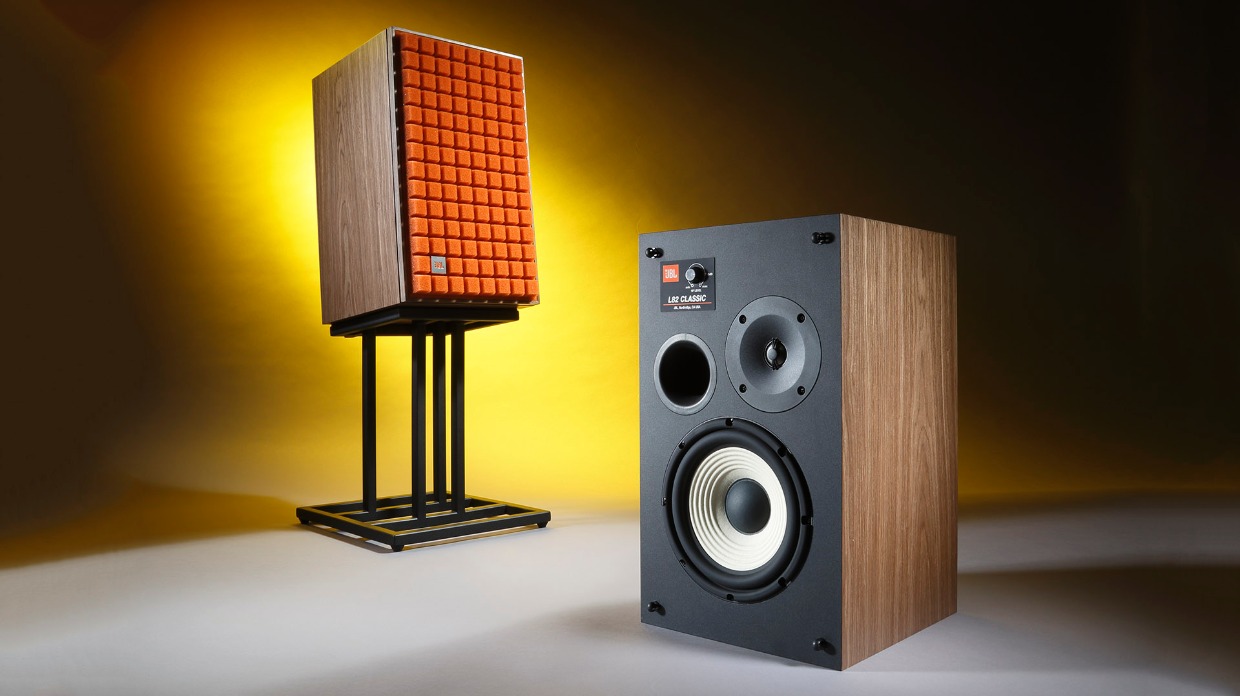
The JBL L82 Classic MK2 Review: Vintage Style, Vibrant Sound
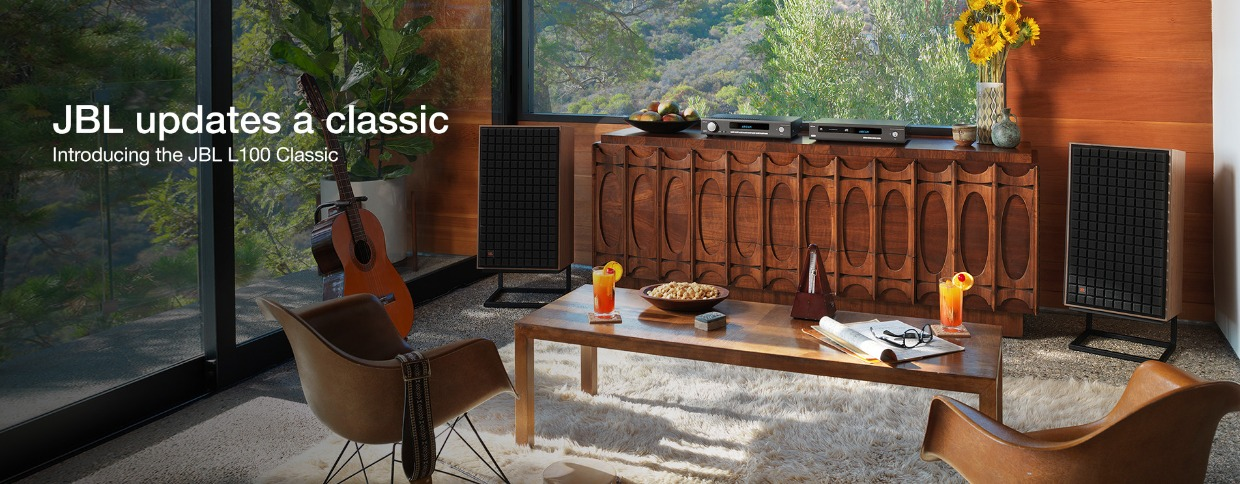
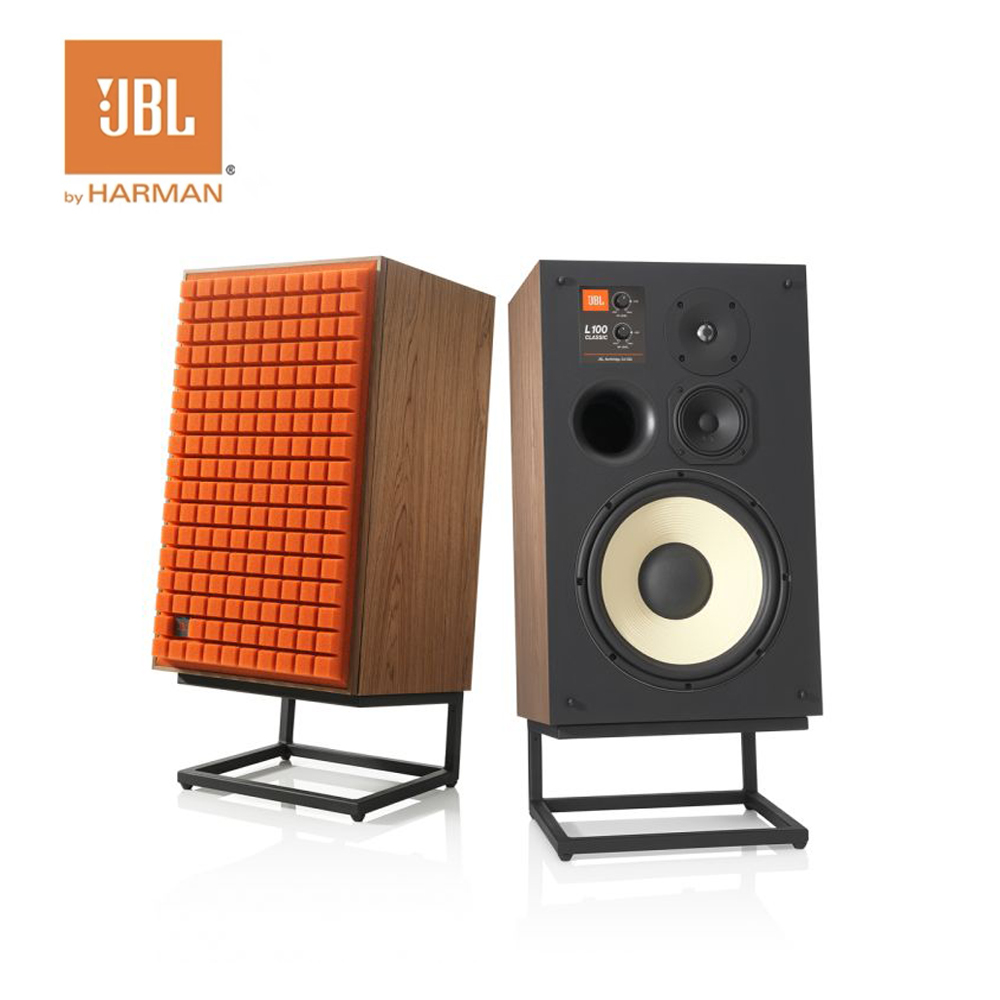
Recreating the Glory Days of the 1970s: A Classic Revival
The Classic series, which has gained prominence in recent years, is JBL's endeavor to recapture the brilliance of their designs from the 1970s and 80s. The L100 Classic speaker, for example, is a faithful reproduction of the iconic L100 Century, originally launched in the 70s and still highly sought after in the second-hand market today. To cater to a wider range of spaces, JBL expanded the series with the smaller L82 Classic and L52 Classic bookshelf speakers, offering alternatives for those who find the L100 Classic too imposing for their listening rooms.
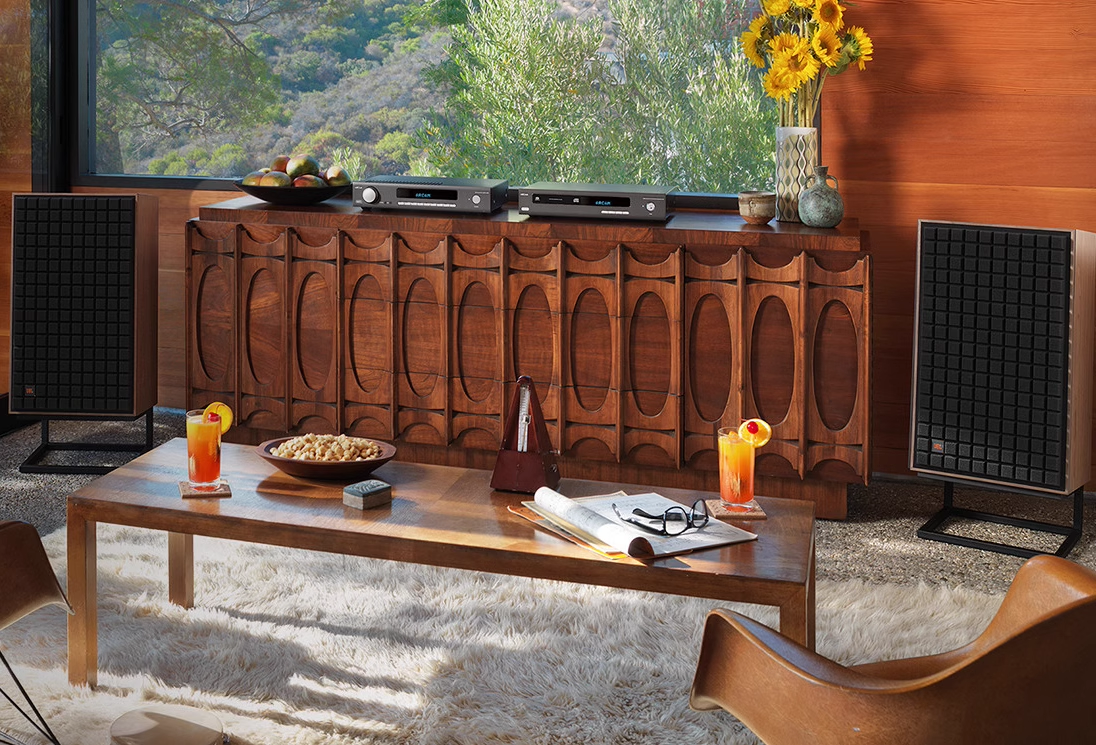
Following the introduction of the L100 Classic in 2018, the L82 Classic and L52 Classic were subsequently released two years later. In 2023, JBL unveiled the MK2 versions of both the L100 Classic and L82 Classic. While visually similar to their first-generation counterparts, the upgrades lie within. JBL describes these significant enhancements as akin to performance packages in car modification, substantial enough to deliver a marked improvement in sonic performance.
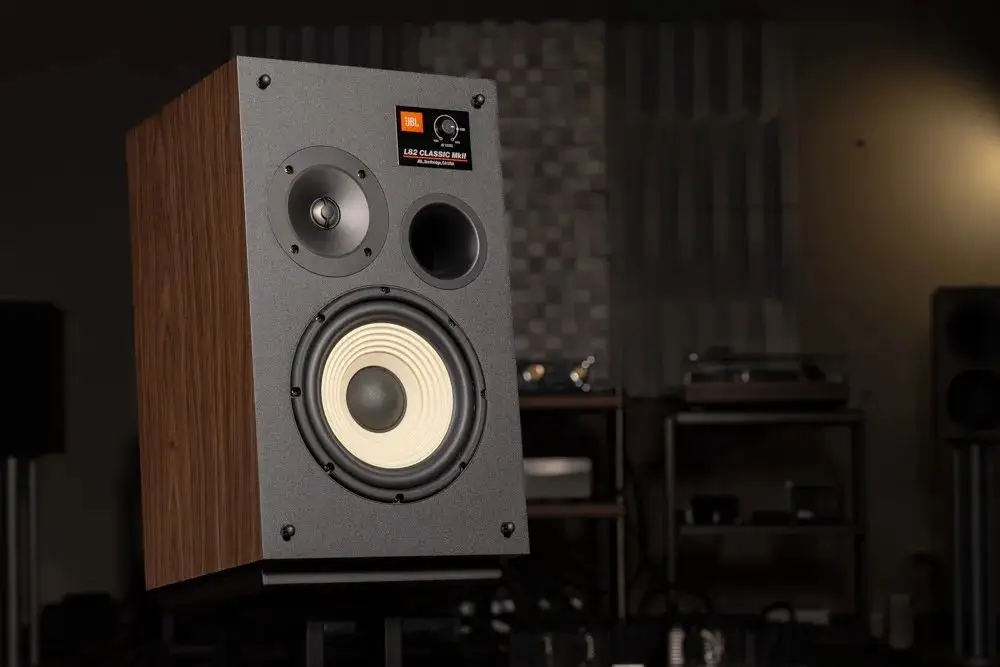
MK2: Core Improvements Lie in Driver Updates
The model under review is the mid-sized L82 Classic MK2, a two-way, two-driver, bass-reflex design. It features a 1-inch (25mm) titanium dome tweeter, equipped with a specialized waveguide known as an "acoustic lens." The 8-inch woofer utilizes JBL's signature white paper cone, distinguished by a hemispherical dust cap and concentric, embossed rings on the cone surface to enhance rigidity. This woofer also benefits from a more robust cast frame, providing a stable foundation for driver excursion.
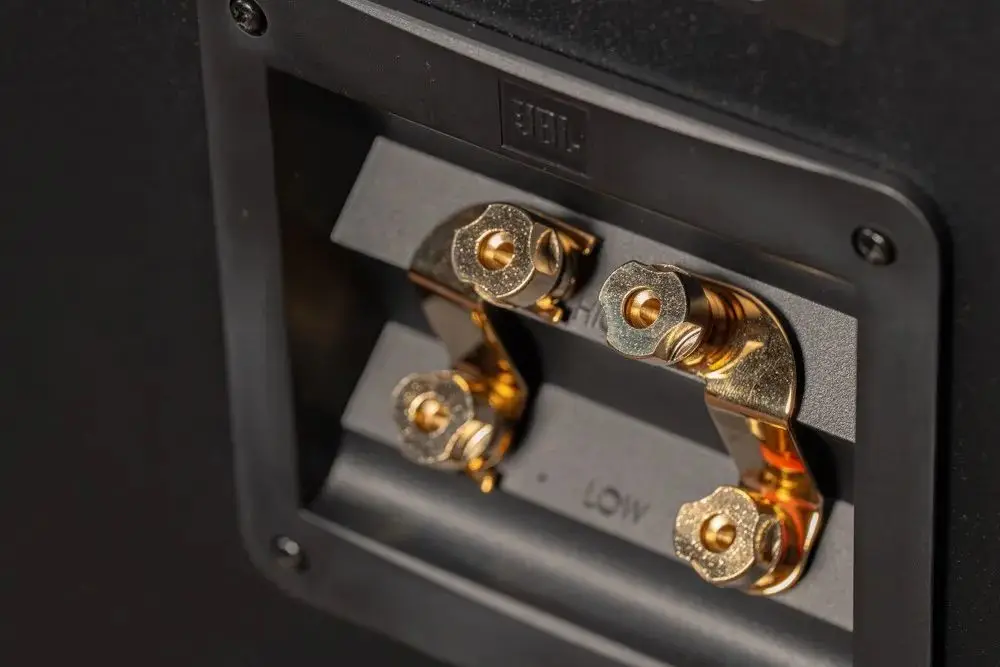
New Dual Terminals Offer Bi-Wiring and Bi-Amping Options
With the driver updates, a redesigned crossover network was essential. The L82 Classic MK2 retains the same 1.7kHz crossover frequency, 8-ohm impedance, and 88dB sensitivity as the MK1. However, a notable enhancement is the upgrade from a single set of speaker terminals in the MK1 to dual binding posts in the MK2. This addition enables bi-wiring or bi-amping configurations, and even includes jumpers for those who enjoy experimenting with different wiring setups, further expanding the possibilities for sonic refinement and listening enjoyment.
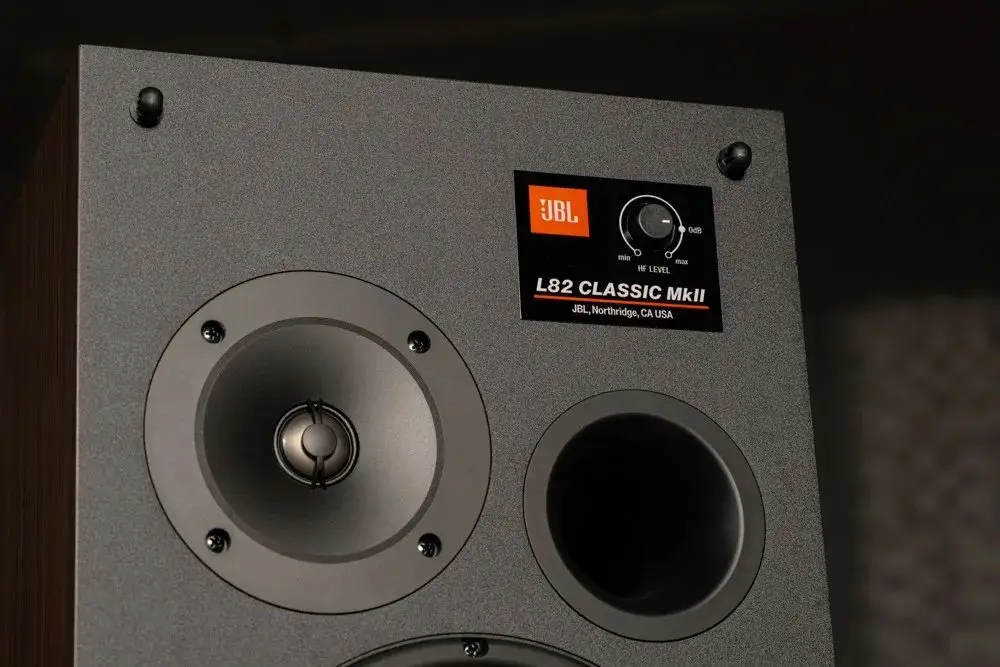
High-Frequency Level Control and Iconic Quadrex Foam Grille
The L82 Classic MK2 also retains JBL's classic high-frequency level control. Positioned on the front baffle is a black rotary knob. For a neutral setting with no alteration, the knob should be aligned with the 0dB mark. This control allows for subtle bi-directional adjustments, enabling users to slightly attenuate or boost the high-frequency output. This feature allows for fine-tuning based on personal listening preferences, room acoustics, and listening distance.
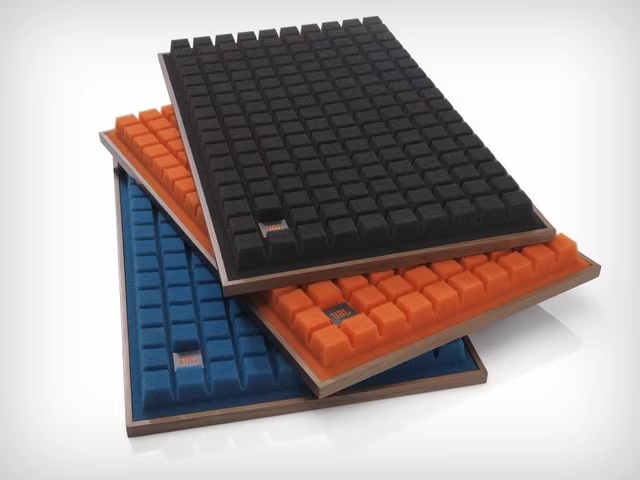
The L82 Classic MK2 upholds the series' signature retro design. The cabinet is finished in a handsome walnut veneer, with a smoked black treatment for the front and rear baffles. The grille is particularly distinctive, featuring the iconic Quadrex foam design, available in black, blue, or orange. Personally, I find the L82 Classic MK2's grille so visually appealing that you'll be reluctant to remove it, let alone hide it away. Standing at nearly half a meter tall, the L82 Classic MK2 is a substantial bookshelf speaker. JBL offers dedicated JS-80 stands as an optional accessory. When placed on these stands, the L82 Classic MK2 exhibits a slight backward tilt, further enhancing its 1970s West Coast cool vibe.
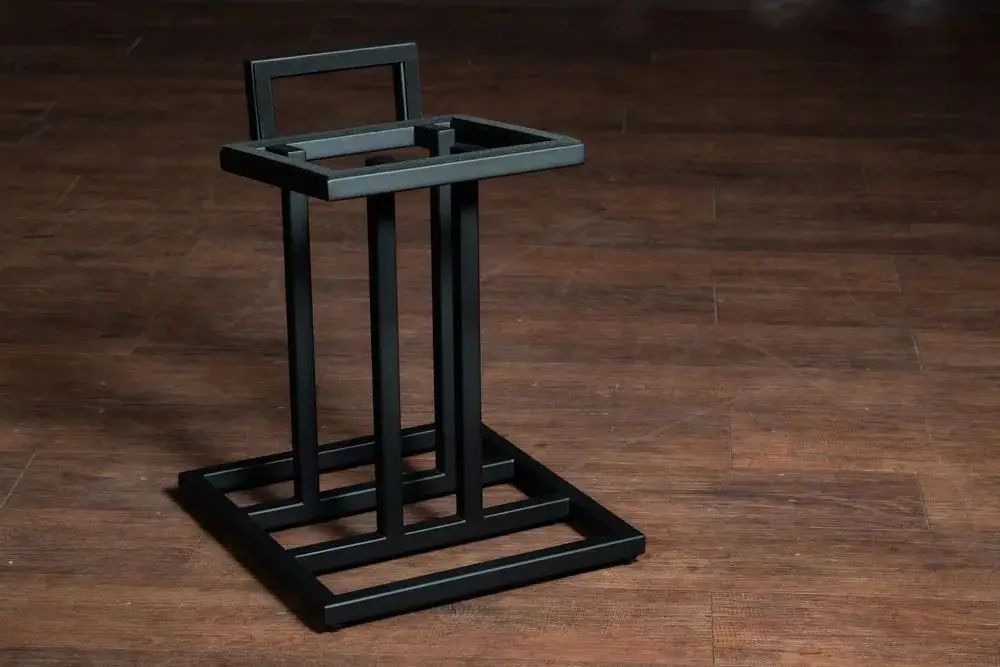
Effortless Placement, Enhanced by Dedicated Stands
Setting up the L82 Classic MK2 is straightforward. They perform admirably whether placed near a wall or further out into the room. However, I would strongly recommend investing in the dedicated JBL JS-80 stands to fully realize their potential and avoid any regrets.
The listening space was over 20 square meters, yet the JBL L82 Classic MK2 speakers did not sound diminutive in the slightest. My initial impression was of their abundant sonic energy. The accompanying equipment was kept simple, consisting of the JBL MP350 streaming player and SA550 integrated amplifier, provided by the distributor, with music primarily streamed via Roon (the MP350 is Roon Ready). The speakers were positioned on the JS-80 dedicated stands, utilizing their 7-degree tilt for phase compensation. The MP350 and SA550 share the same walnut veneer side panels as the speakers, along with vertically and horizontally brushed front panels, and a retro-inspired layout of knobs and buttons – a cohesive aesthetic that only a company like JBL could achieve. Reviews of these components are forthcoming, so stay tuned if you're interested.
The L82 Classic MK2 presents a remarkably open and vibrant sound, particularly excelling with rhythmically driven music, where its strengths truly shine. The titanium tweeter contributes considerable high-frequency brilliance, a key source of this vitality. The waveguide integrated into the tweeter assembly contributes to an expansive and open soundstage. While still bookshelf speakers by definition, their sense of scale is surprisingly substantial. The mid-bass possesses excellent fullness, providing a solid foundation for the lower registers in music. Image rendering is substantial, and detail retrieval is ample, resulting in a clear and well-defined musical picture and sonic presence.
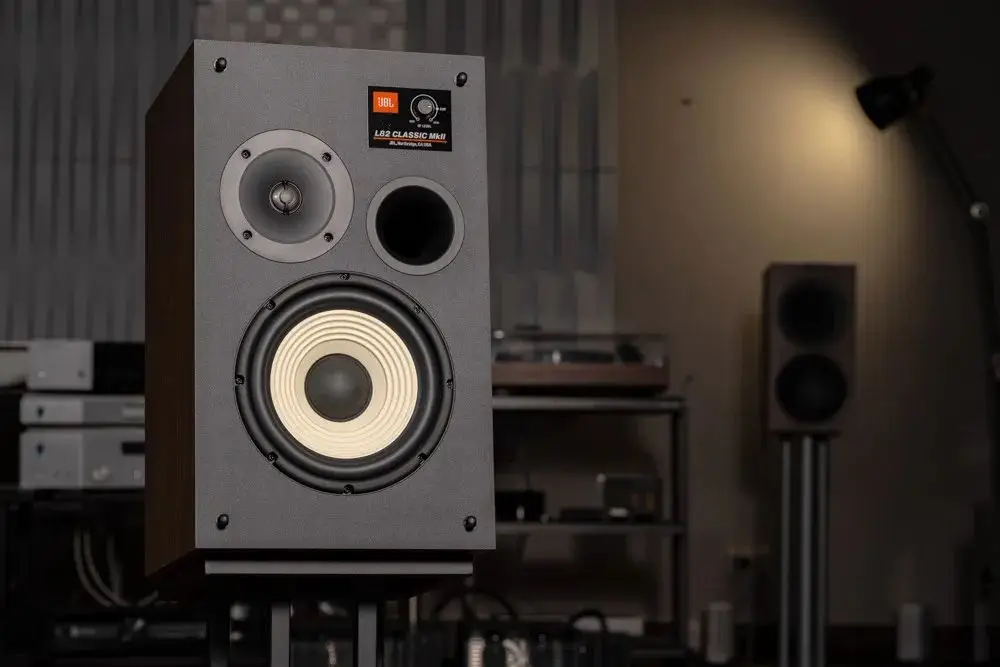
Positioning the L82 Classic MK2 is remarkably unfussy. In general, these speakers even perform well when placed directly against a wall, a setup we often observed with JBL at audio shows. Of course, if you prefer to pull them away from the back wall, no one would fault you for it. When placed closer to the wall, the bass gains a bit more weight and impact, and the soundstage and image size can appear more expansive due to wall reflections. Pulling them away from the wall results in a more relaxed sound with more clearly defined outlines. Another point to note: despite being a two-way bookshelf speaker with an 8-inch woofer, the L82 Classic MK2 is designed to accommodate wider spacing. Especially when positioned near a back wall, the energy reflected from the wall allows for generous spacing – even when placed over three meters apart, the imaging remains full-bodied, and the energy remains abundant.
The titanium tweeter exhibits excellent energy. Without the grille, it might sound slightly forward or even a touch aggressive in certain situations. But fear not, this is where the continuously variable high-frequency level control becomes invaluable. If you find the highs too prominent, simply attenuate them slightly. Conversely, if you desire a brighter sound, you can increase the treble output. Having this control is akin to having salt and pepper shakers on your dining table – you can season the sound to your personal taste. When the grille is in place, the softening effect is readily apparent. Not only is the high-frequency brilliance and any potential harshness reduced, but the mid-bass clarity and punch are also slightly diminished. The sonic character changes quite significantly depending on whether the grille is used or not. Between the grille, the high-frequency attenuation, and placement options, the L82 Classic MK2 offers a wide range of sonic flavors to explore. These are truly engaging and versatile loudspeakers.
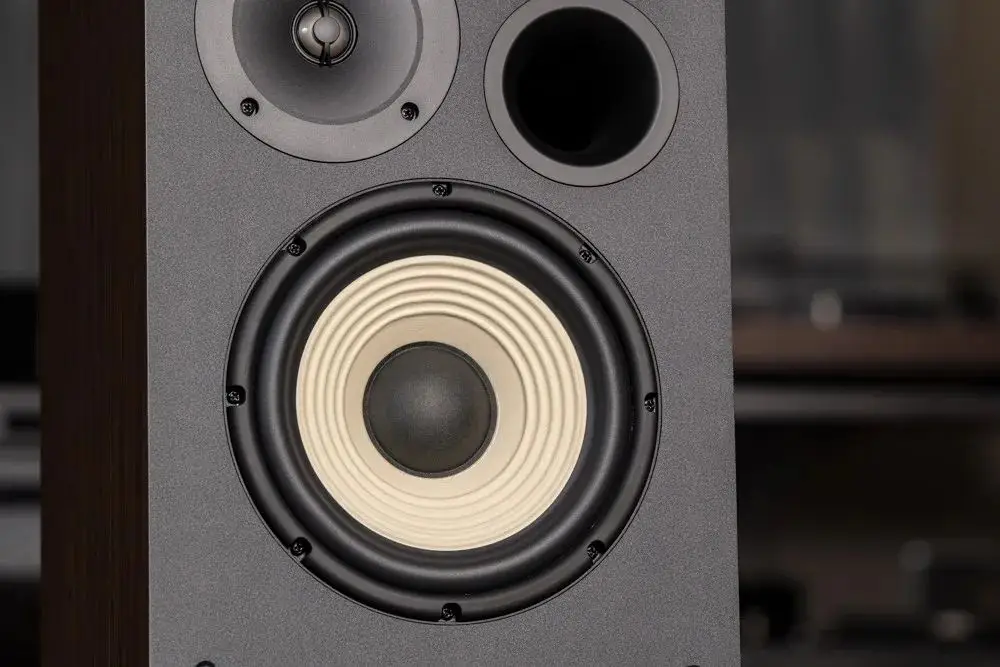

If jazz is your genre of choice, the JBL L82 Classic MK2 can deliver considerable listening pleasure. Should you prefer a gentler, warmer sound with a slightly relaxed pace, simply leave the grilles on. Personally, however, I favor the configuration with the grilles removed and the speakers spaced further apart. Positioning them closer to the back wall does enhance the bass presence. Moreover, the increased distance to the tweeters results in some natural high-frequency attenuation due to distance. However, this placement transforms your listening room into a veritable jazz club.
When listening to Jacques Loussier Trio's interpretations of Bach's Goldberg Variations, a conventional setup with a focused listening position certainly offers one way to appreciate it. However, placing the L82 Classic MK2s closer to the wall, facing straight ahead, and with wider spacing, allows the entire back wall to collaborate with the speakers in projecting sound – creating an even more engaging and flavorful experience.
The subtle shimmer and sizzle of the drummer's cymbals are rendered with remarkable clarity. Loussier's fluid piano playing is presented with a rounded and full-bodied tone. The bass lines provide a rhythmic foundation with well-defined, elastic note articulation. What more could one ask for from jazz? Isn't this precisely the essence of it? Jazz is meant to be enjoyed without rigid formality, without needing to sit ramrod straight in rapt attention! Not every speaker will sound this good with this kind of placement, but with JBL, it truly works wonderfully.
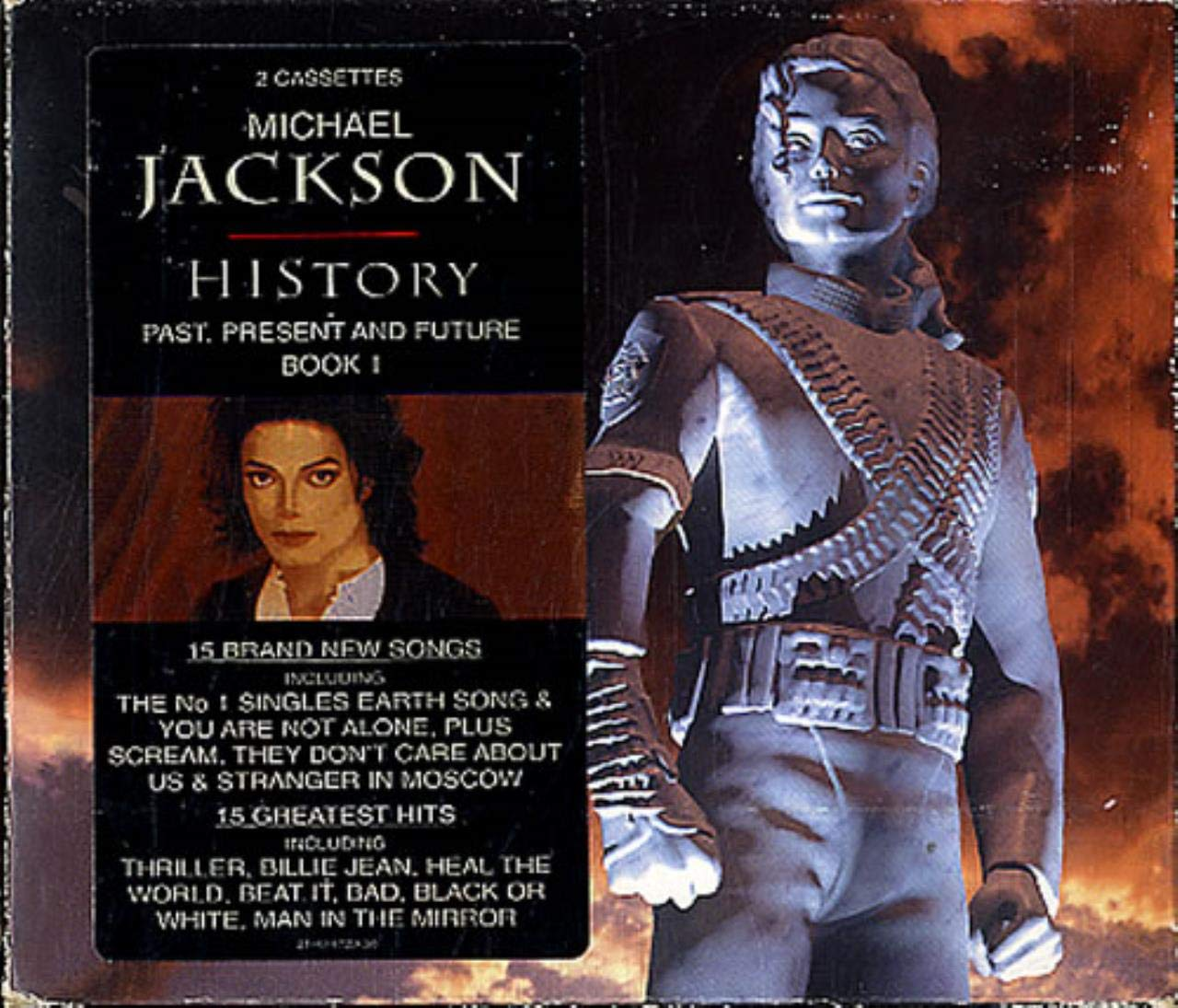
The Classic L82 MK2 excels at reproducing music with a strong rhythmic drive. This became particularly evident after listening to Michael Jackson. Playing "Billie Jean," the drums exhibited a powerful impact and a crisp, energetic punch, which, combined with the prominent kick drum, made for a truly exhilarating listen. "Beat It" not only features a sharply defined drum rhythm but also layers of electric guitars and synthesizer rhythms and effects. Through the JBL speakers, the electric guitars took on a bold and assertive character, imbued with a touch of wildness that perfectly complemented the track's style. "Black or White" opened with a vivid sense of theatrical staging. From the father's knocking on the door to the son's cassette tape sound effects and the dialogue exchanged between father and son through the door, the rich detail retrieval created a strong sense of imagery. When the music began, compared to the previous two tracks, the different eras of recording and arrangement revealed a clearer sense of layering and a more multifaceted sonic landscape. Listening to the steady rhythm constructed from drums and electric guitar, providing a clear and powerful foundation for Michael's vocals, the L82 Classic MK2's dynamism truly shone through in the impact of these strong rhythmic elements.
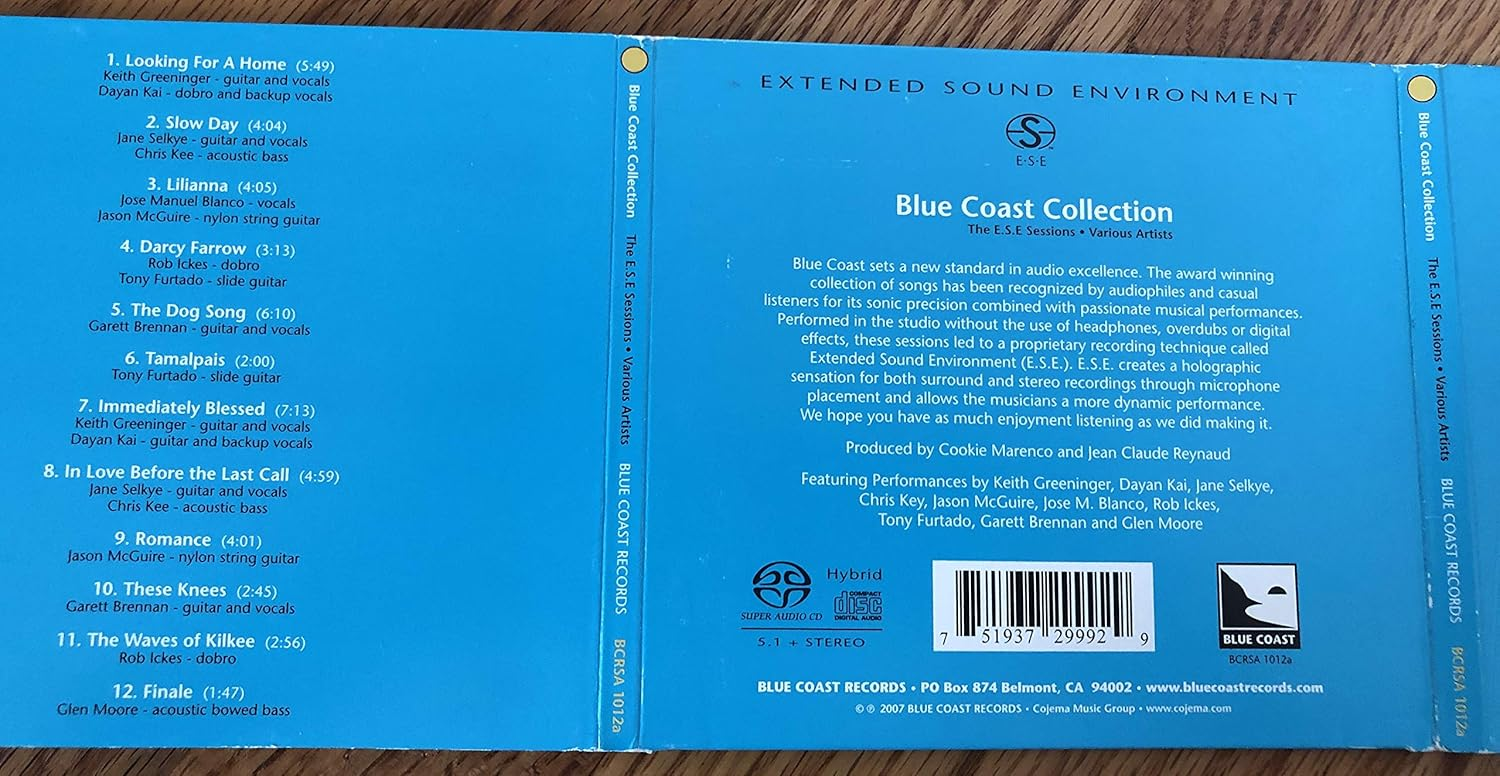
Listening to "Looking for a Home" from the Blue Coast Collection, the guitar notes were rendered with brilliance and punch, showcasing a rich palette of timbres arising from the interplay of crisp metallic textures and the resonance of the wooden instrument body. The vocals of male singer Keith Greeninger were not only clearly textured but also vividly portrayed his slightly raspy, weathered character. As he reached higher notes, the energy poured forth, effectively conveying the emotional nuances of the performance. In "Slow Day," the enunciation and vocal inflections of female vocalist Jane Selkye were also rendered with pristine clarity. The L82 Classic MK2 truly excels in its ability to resolve fine details. This strength goes beyond simply reproducing faint sounds; it allows listeners to discern subtle variations and nuances within the music. In "Lilianna," for example, the vibrato and delicate fade-out of Jose Manuel Blanco's voice at the end of phrases were imbued with a rich expressiveness when heard through the L82 Classic MK2. This vividly illustrates the principle that "with detail, comes life." The more of these nuances you perceive, the more vibrant and engaging the music becomes. In this regard, the L82 Classic MK2 should not be underestimated.
While I believe the aforementioned musical genres are all well-suited to the JBL L82 Classic MK2, classical music might be a slightly different case. Please don't misunderstand me – it's not that they cannot reproduce classical music, but rather a question of "suitability." In comparison, JBL speakers are more naturally inclined towards genres with strong rhythms, greater dynamism, or those that aim to create a particular atmosphere – typically non-classical genres. When we listen to classical music, sonic refinement and delicacy become comparatively more crucial – and this is precisely where JBL speakers, generally speaking, are not typically at their strongest. Although I found the Beethoven Piano Concerto No. 4 to be slightly lacking in transparency and clarity, and perhaps missing a touch of sonic finesse and delicacy, the titanium tweeter still managed to render the piano's brilliant timbre and solid note articulation effectively. The expansive soundstage during orchestral crescendos was also convincingly portrayed. Putting aside these more abstract notions of refinement, the L82 Classic MK2 possesses its own set of compelling qualities that will undoubtedly win over many music lovers.
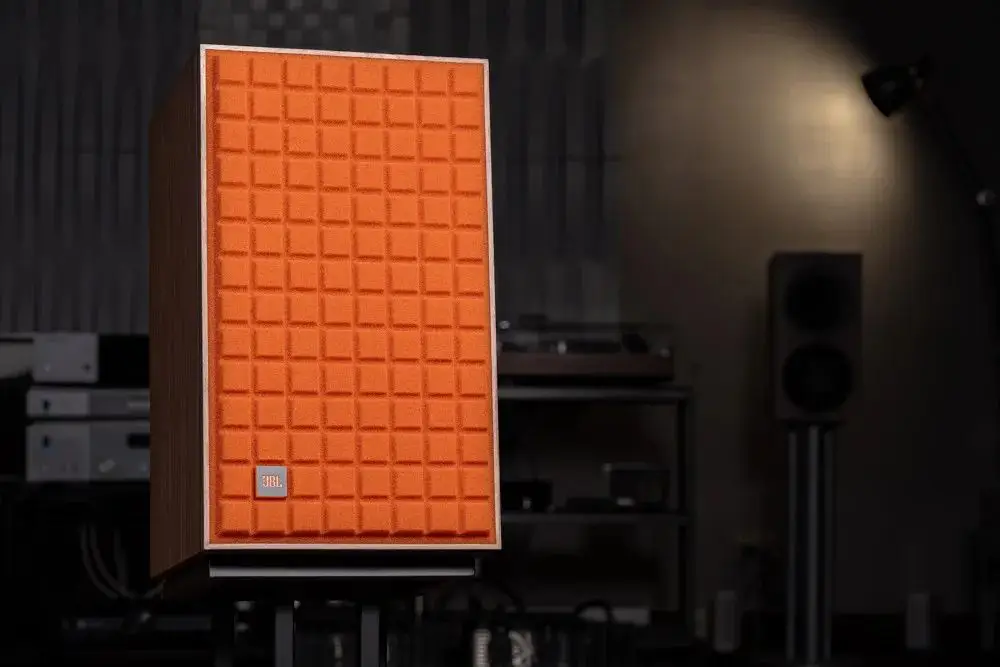
JBL’s masterful execution of retro design is truly remarkable. It’s not merely about vintage aesthetics; it’s about capturing a vintage spirit. The retro design of the L82 Classic MK2 is immediately apparent. However, perhaps we should also take a moment to reflect upon our own passion for music, and the emotional connection we seek from each listening experience. In an age saturated with increasingly expensive audio equipment, where prices continually climb, are audio systems still the everyday companions that once filled our lives with musical joy? What the L82 Classic MK2 evokes is more than just a retro visual; it has the power to rekindle our fundamental purpose for engaging with music in the first place.
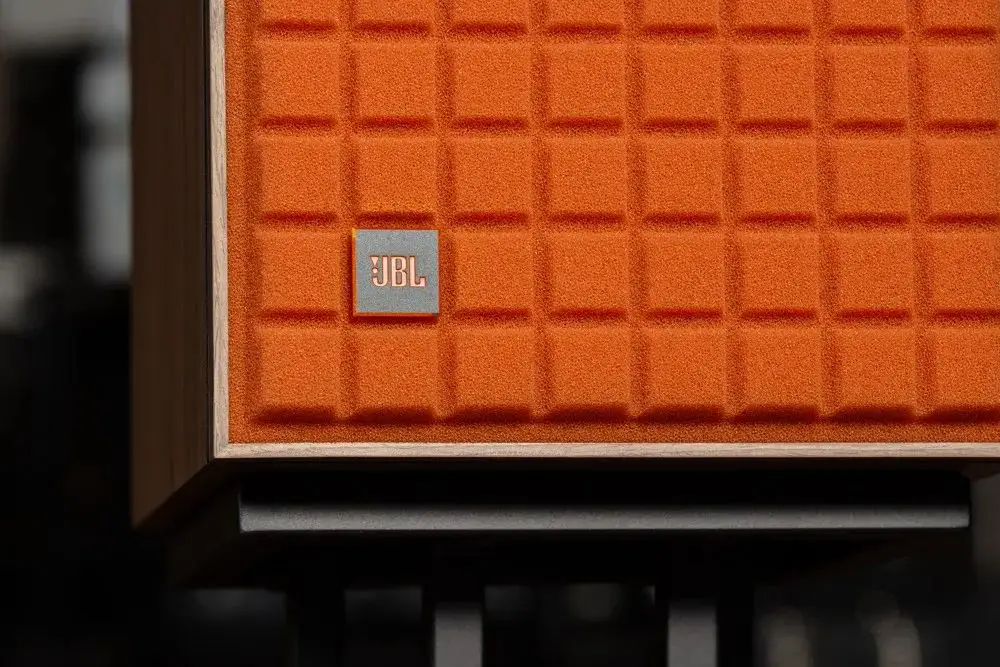



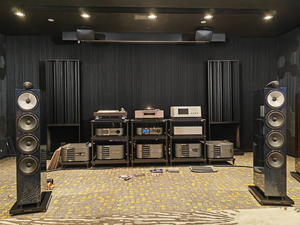
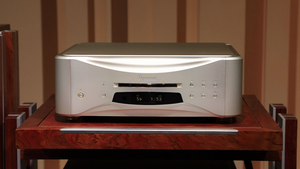
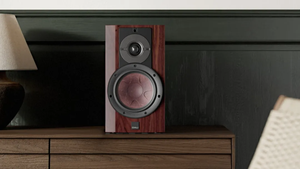
Comments